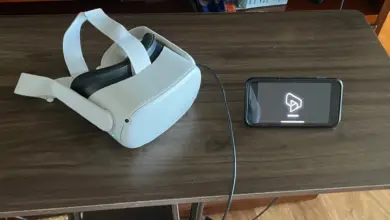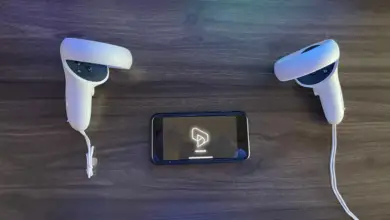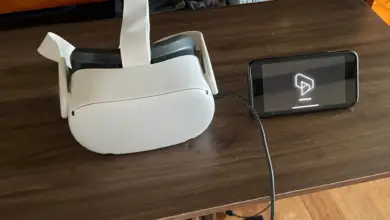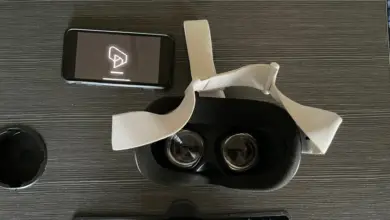Can You Play Oculus Quest 2 While Charging?

Meta has confirmed that charging the Oculus Quest while in use poses potential safety risks. Doing so can cause the device to exceed its optimal operating temperature, leading to safety hazards and the battery chemically aging faster, ultimately shortening its lifespan.
However, there are a few exceptions to this rule. The first exception is when using Quest Link with the Oculus Link Cable, and the second exception is when using the Oculus Elite Battery Strap.
The official Quest Link cable is designed to charge your device while in use, which may seem contradictory to Meta’s statement. However, when the Quest is connected to a PC via Quest Link, the Quest functions as a monitor while the PC handles the processing, thus reducing the power it consumes and decreasing the risk of overheating when charging.
We ran an experiment using the Quest Link cable to charge the Oculus Quest when connected to a PC via Quest Link, as well as when using the headset independently and not connected to a PC. The result showed that the battery drains at a faster rate when the Quest is used independently compared to when it’s connected to a PC via Quest Link. So, while it’s safe to use Quest Cable while in Quest Link, it’s not recommended when using the headset independently.
As for the Quest 2 Elite Battery Strap, it features a built-in battery pack that doubles as an additional power source for your headset and is designed to charge your device while in use.
When using the Elite Battery Strap, the strap’s battery level will drain first, maintaining the Quest 2 battery level at 100%. (the strap itself provided us with 3 hours of playtime)
What to Expect When Charging Oculus Quest With Quest Link While in Use
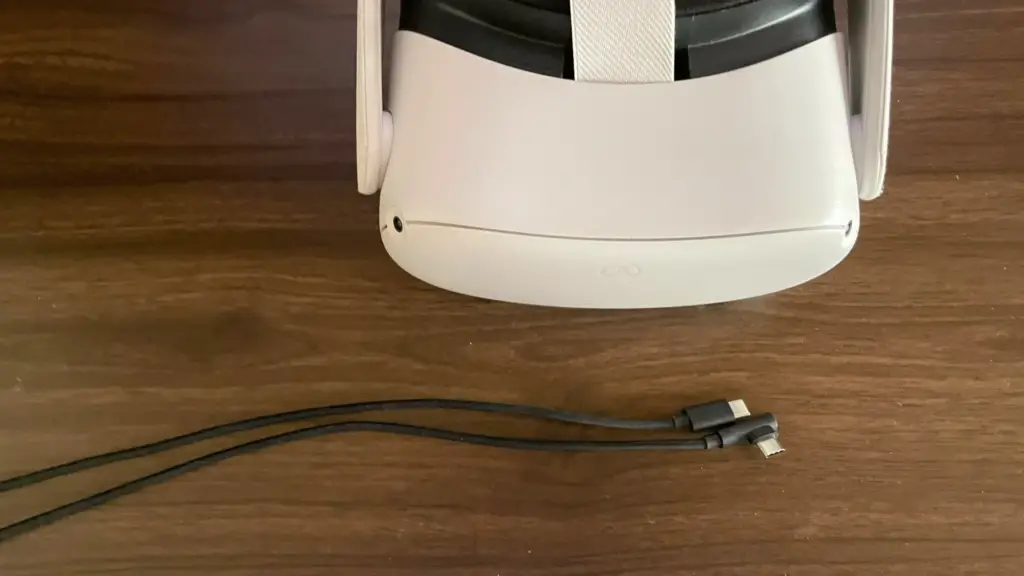
The first thing you’ll need is the Oculus Link Cable; it’s specifically designed with dual functionality providing high-speed data transfer while also being able to charge your device.
Now, there are a few factors that affect the charging speed when using the link cable with Quest link. Firstly the type of USB port and motherboard on your computer have an impact on charging speeds. As you can see, a high-powered USB 3.0 can provide up to 900 mA or 0.9 Amps. In comparison, the power adapter (Wall charger) is capable of providing 2000 mA or 2 Amps.
| Specification | Current | Voltage | Max Power |
|---|---|---|---|
| Low-power device | 100 mA | 5 V | 0.50 W |
| Low-power SuperSpeed (USB 3.0) device | 150 mA | 5 V | 0.75 W |
| High-power device | 500 mA | 5 V | 2.5 W |
| High-power SuperSpeed (USB 3.0) device | 900 mA | 5 V | 4.5 W |
| Multi-lane SuperSpeed (USB 3.2 Gen 2) device | 1.5 A | 5 V | 7.5 W |
| USB-C | 1.5 A | 5 V | 7.5 W |
| USB-C | 3 A | 5 V | 15 W |
As you can see, even at maximum power delivery for USB, the charger offers a maximum of 7.5W; while this can slowly charge your headset while in use under ideal circumstances, it generally will only provide enough power to maintain the charge on your device. Because of this, you ideally want to have enough battery to start with when charging and using your device at the same time.
Additionally, the link cable only begins charging once your device is at 80% battery life. This is to prevent overheating the device.
Using the Oculus Quest While in Use Via Elite Strap
The Quest 2 Elite Battery Strap surpasses the internal battery capacity of the Oculus Quest 2 with a capacity of 4676mAh (18.0Wh) and an output voltage of 5V, 2A (10W).
Consequently, it can extend the battery life of the Quest 2 by more than double. Additionally, the Elite Battery Strap output power is similar to the official Quest 2 wall charger. When using the Elite Battery Strap, the strap’s battery level will drain first, maintaining the Quest 2 battery level at 100%.
Factors That Affect Oculus Charging Time While in Use
It’s important to note that the Oculus Quest has an optimized battery charging system that adjusts the charge speed based on factors such as battery charge level, temperature, CPU usage, and power draw. This can have a major impact on how the Quest is charged during use.
During use, the optimized charging system of the Oculus Quest 2 typically follows certain charging patterns. Charging is fastest when the battery level is below 50%. As the battery level rises to approximately 50-80%, the charging speed slows down considerably. When the battery level reaches around 80%, the charging rate slows down greatly and may even come to a halt if the headset is being used.
This optimized charging system is designed to reduce the strain on the battery and extend its lifespan. Lithium-ion batteries experience the most stress when they are fully charged or nearly empty, so the charging system is tuned to keep the battery between 20% and 80% charge level.
As a result, if you start playing with a fully charged battery, it may discharge down to 80% or slightly below before it starts charging again. Once the battery level drops below 80%, it will charge slowly at a rate slightly faster than the device’s power usage. The battery will stop charging once it reaches about 80% and will only start charging again once the battery level drops a little below 80%.
Moreover, there are several other factors that can impact power consumption and charging duration while using the device, such as the screen brightness, speaker volume, and the level of computing power required, which is largely dependent on the specific game being played.
- How to Pair Meta Quest 3 Controllers with Your Quest 3 Headset: A Quick Guide
- How to Charge Meta Quest 3: A Guide to Powering Up Your VR Experience
- How to Cast Meta Quest 3 to Samsung TV: A Step-by-Step Guide
- How To Factory Reset Your Meta Quest 3: A Step-by-Step Guide
- How to Power On and Off the Meta Quest 3


